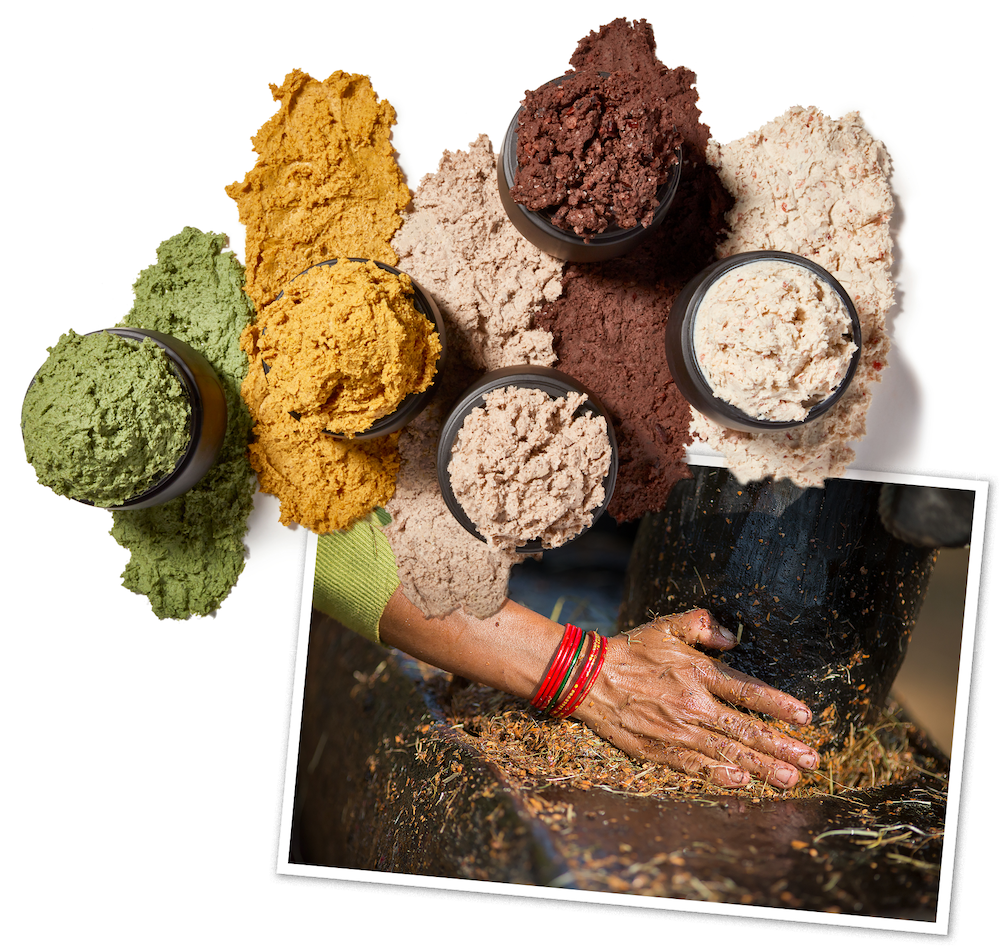Lyocell is a textile fibre considered to be particularly durable. If you look at the labels and compositions of today’s new fashion and sports collections, you’ll often notice the presence of Lyocell. But what does this have to do with sustainability?
A semi-synthetic fibre
Lyocell is a highly sought-after textile material because of its many ecological advantages. Unlike many other synthetic fibres, it is entirely compostable, provided it is not mixed with other synthetic fibres. This distinguishes it from plastic-based items, which can take decades or even centuries to degrade.
Traditionally, fabrics were divided into two categories: natural fibers and synthetic fibers derived from petroleum. Lyocell, however, falls somewhere in between. Although it is of plant origin, it is also treated with synthetic substances, making it a semi-synthetic fiber.
How is Lyocell made?
The manufacturing process begins with the harvesting of wood, often from eucalyptus, but also from other trees such as oak, bamboo and birch. The wood is then broken down into a wood pulp, to which chemicals are added to dissolve it. The resulting liquid crude cellulose is heated and then broken into small fibres using a solvent called amine oxide. These fibers are then washed, dried and transformed into the final Lyocell fabric.
The Lyocell production process offers a number of advantages in terms of sustainability. Firstly, it is a ‘closed loop’ process, which means that it does not generate any by-products. The chemical solvents used are non-toxic and can be reused several times, avoiding their release into the environment.
What’s more, Lyocell is relatively short and simple to manufacture compared with other synthetic fibres, requiring less water and energy. Eucalyptus trees, one of the main sources of Lyocell, grow quickly, require no irrigation or pesticides, and take up less space than cotton, making them a renewable source of fibre.
A breathable, moisture-wicking fabric
Lyocell has beneficial properties such as breathability, temperature regulation and moisture absorption, making it a versatile material for many products, including sportswear.
In fashion terms, Lyocell garments are particularly suited to warmer seasons. They are often used as a substitute for silk and cotton, and are commonly used in bedding, towels, everyday basics and sportswear. Patagonia, Organic Basics, Armedangels and People Tree all offer ethically produced, eco-friendly Lyocell products.
What’s the difference between Lyocell and Tencel?
There is no difference between Lyocell and Tencel. Lyocell is the name of the fibre and its production process, while Tencel is the registered trademark of the Austrian manufacturer Lenzing.
Crédit photo : Pexels




